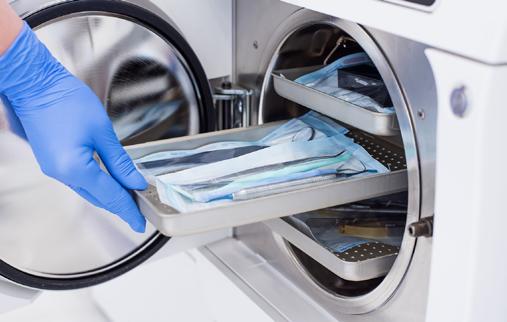
2 minute read
Complying with life science sterilization control mandates
The traceability of pharmaceutical manufacturing processes is critical to navigating the complexity of government regulations that impact the design, development, production and distribution of medications. The recent introduction of the EudraLex Volume 4 Annex 1 guidance regarding the manufacturing of sterile medicinal products is an example of good manufacturing practices (GMPs) that help ensure quality and safety. But the challenge comes with documenting the process, as Roberto Zerbi, global life sciences business development manager at industrial technology manufacturer Watlow (pictured) explains.

The EudraLex Volume 4 Annex 1 guidance, which comes into effect in August 2023, illustrates how new regulations are introduced to grow trust in the life sciences business.
Sterilizers play a key role in producing injectable medicines like vaccines. Life science firms and the machine builders that support them must find the most efficient way to meet the data integrity principles applied to the records of each heat sterilization cycle.
Point 8.50 of the EudraLex Volume 4 Annex 1 states, “Each heat sterilization cycle should be recorded electronically or by hardcopy, using equipment with suitable accuracy and precision. The system should have safeguards and/or redundancy in its control and monitoring instrumentation to detect a cycle not conforming to the validated cycle parameter requirements and abort or fail this cycle (e.g., by the use of duplex/ double probes connected to independent control and monitoring systems).”
To learn more about Watlow, visit: watlow.com, or to learn more about Eurotherm, please visit: eurotherm.com











